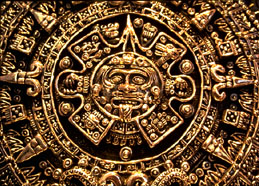In the above photograph is shown a Calendar Stone, also called Sunstone.
The carvings in the stone represent the four cycles of creation and destruction.
The skull at the center depicts the god Tonatiuh, the
fifth sun. A similar sunstone is at the Museo Nacional de Antropologia, Mexico.
Click on image for full size
Image courtesy of Corel Corporation.
Tonatiuh
Most of the astronomical beliefs of the Aztecs of central Mexico
are known from the existing literature, in particular from a work written
at the time of the conquest called
Codex Mendoza. There are many Aztec monuments that prove the intense observation by the Aztecs of the
movements of the
Sun in the sky, especially in coordination with those of
Venus. Pillars, doors and windows of stone monuments were clearly aligned on sunrise and sunset at the solstices.
According to the Aztecs, the universe was composed of several cosmic eras. Aztecs believed that four suns had been created in four previous ages, and all of them had died at the end of each cosmic era. Tonatiuh was the fifth
sun and the present era is still his. His name meant "He Who Goes Forth
Shining" because he was the first moving sun. The solar deity Tonatiuh was
responsible for supporting the universe.
His weakness could bring the
end of the world. Human sacrifices were regularly offered to the solar
deity to nourish the god and maintain his strength. Tonatiuh was also in
charge of the Aztec Heaven called Tollan, where only dead warriors and
women who died in childbirth could enter.
You might also be interested in:
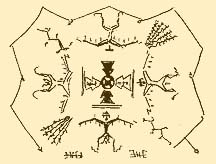
Ahsonnutli was the sky father and chief deity of the Navajo Indians. He created heaven, Earth, and the sky. Each of the four cardinal directions was supported by a giant. Each direction was also associated
...more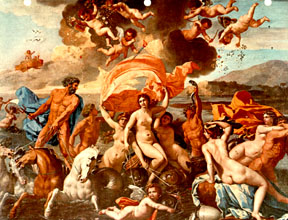
Amphitrite was one of the fifty Nereids, the attendants of the sea-god Poseidon. Poseidon (Neptune) had fallen in love with Amphitrite after seeing her dancing on the island of Naxos. Amphitrite rejected
...more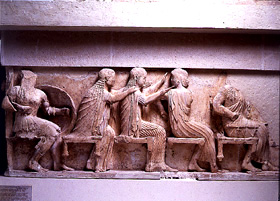
Aphrodite was the Greek goddess of love and beauty. She was known to the Romans as Venus. There were actually two different Aphrodites, one was the daughter of Uranus, the other the daughter of Zeus and
...more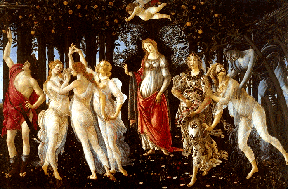
In Greek mythology, Apollo was the son of Jupiter(in Greek Zeus) and Leto (Letona). He was the god of the Sun, logic, and reason, and was also a fine musician and healer. Leto travelled all over Greece
...more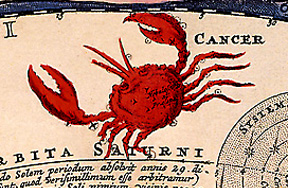
According to an ancient Greek legend, the figure of a gigantic crab was placed in the nighttime sky by the goddess Hera to form the constellation Cancer. Hera was the jealous wife of the sky god, Zeus.
...more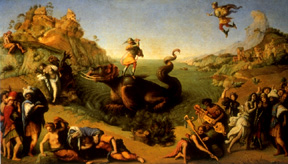
In the Northern Hemisphere sky is the constellation Cepheus, king of Ethiopia, and that of his wife Cassiopeia. Cassiopeia claimed that she and her daughter Andromeda were more beautiful than the sea nymphs,
...more
According tho the Navajo mythology, the Milky Way was created by the misbehavior of the mischievous deity, Coyote. When the world was created, the Holy People gathered around Black God to place the stars
...more


